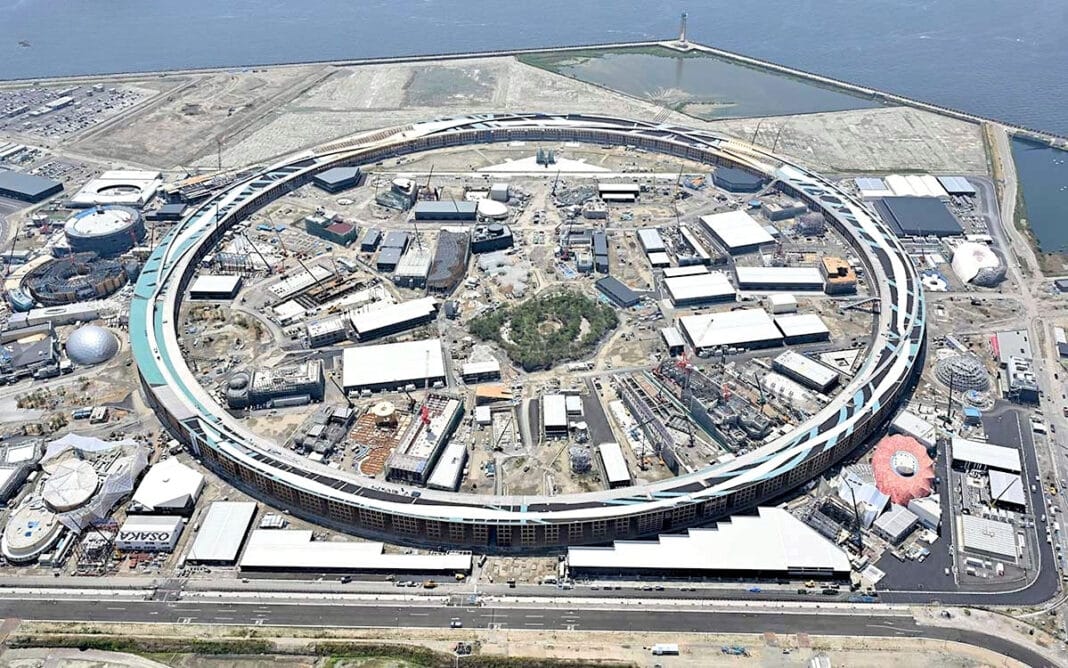Tim Elliot
Deputy managing director for WRG Creative Communication

Originality, creativity and trying to set trends is at the forefront of everything we do. We live in a world where people attend functions all the time. To stand out of from the crowd and have an impact, an event has to be original and deliver a return on engagement. There are two types of originality – there is originality because you can and originality that enhances a message. In-house, we have a communications team that dedicates time to what we call “insight mining”. This basically means that they uncover exactly what a client wants by interviewing the target market and researching other aspects of the desired outcome. This process ensures that our ideas are directed by the outcome, not the other way around. For example, we recently worked with a contact lens manufacturer on the launch of their new product – a lens with varied liquid densities at different parts of its surface. To communicate that, we built a water tunnel and walked guests through the tunnel with umbrellas to reach the exhibits. They experienced different intensities of rainfall in the tunnel, which helped communicate the concept. It was an exciting and original experience that really stuck.
Cliff Zenker
General manager for WRG Creative Communication’s Hong Kong office

This industry is really coming of age. Back in the 1980s it was all about showmanship, so you had lots of large-scale events that really didn’t have much point or a particular message. Then, in the 1990s, it was all about the message but with very little flair. Now we have a great balance of both and try to make sure creativity runs through projects to ensure they’re unforgettable. In Asia, we’re seeing a big change for the better. Things have advanced rapidly here and our clients don’t just want a power point presentation – they want interactive experiences.
Neera Gupta
Regional director, meetings and events sales, Asia Pacific for Carlson Wagonlit Travel (CWT)

More than ever before, work pressure today is mounting, budgets are being cut and people are required to deliver more, but with fewer resources. As a result, the way we organise events also needs to change and the only way to do this is through innovation.
Identifying and quantifying your objectives is the first – and most important – step in organising a successful event or meeting. Once the objective has been clearly defined, the next step is to understand how best to meet this objective – whether through a traditional concept, or through something new and innovative. Whatever route you chose to take, it has to capture the attention of the attendees.
For example, as the functionality and usage of mobile phones has increased, many people now check their emails, update their social networks accounts or simply surf the web on their phones. During a meeting or event it can be a real distraction. The only way to get these participants more engaged in an event is by being creative and innovative.
Event organisers are resorting to out-of-the-box thinking, such as holding events in non-traditional venues like a museum, a palace or winery. Even in traditional venues, being outdoors with beanbags and flip charts instead of in a boardroom with overhead projections can help make an event memorable. Simply by having participants on their feet and interacting with other attendees can make a huge difference.
As such, creative and original event concepts can actually be extremely beneficial. We have found that companies are well aware of their desired outcome from and generally don’t tend to digress from it just to do something different.
When embracing a new or original idea, it’s important to know exactly what message the client wants delivered. With that information in hand, focus on delivering an unforgettable experience that meets the objectives and maximises the return on investment.


